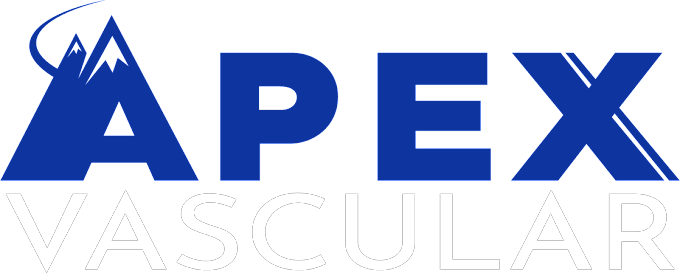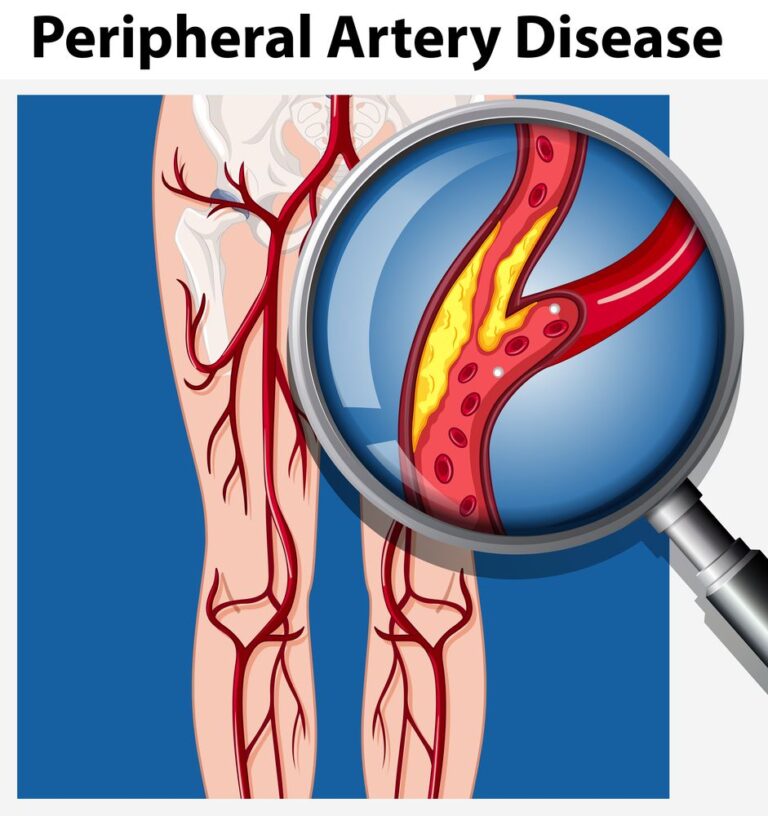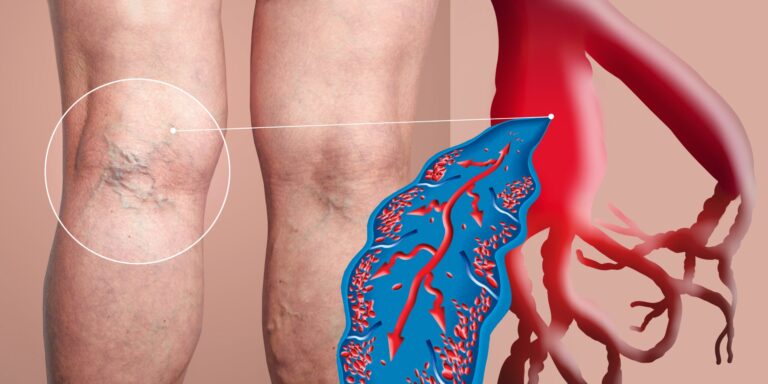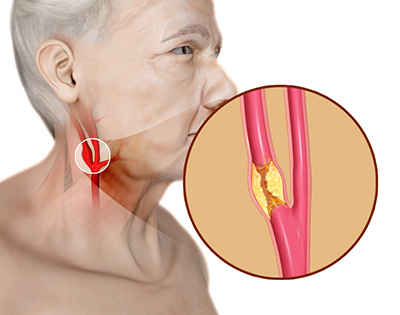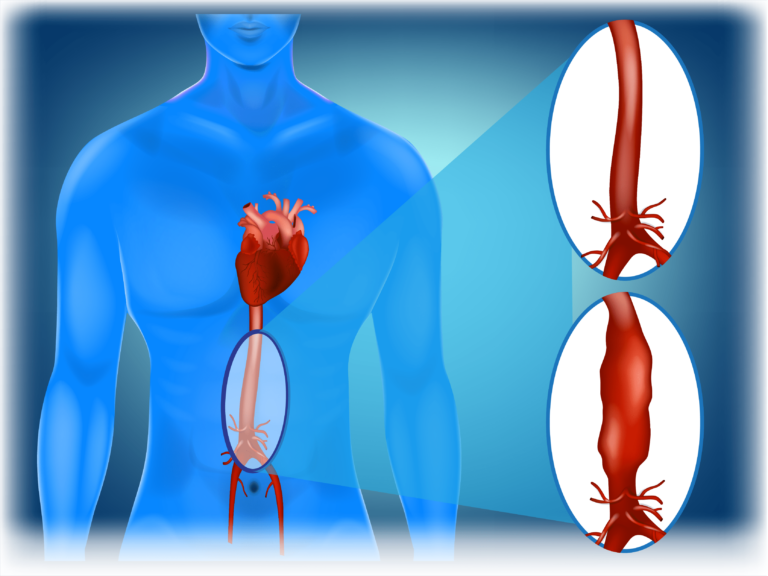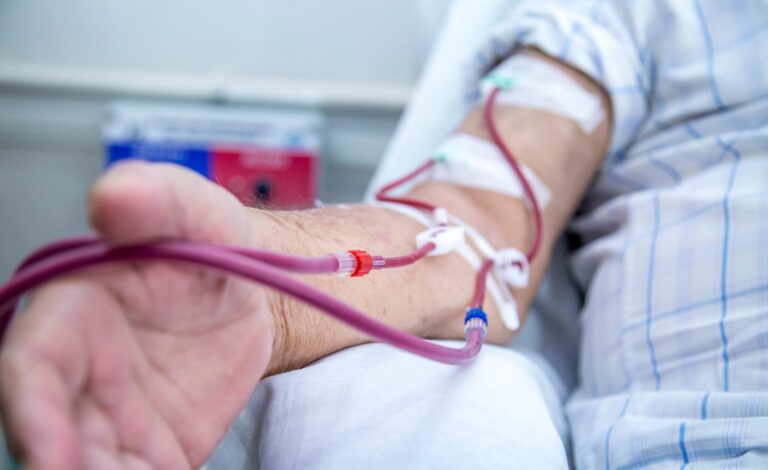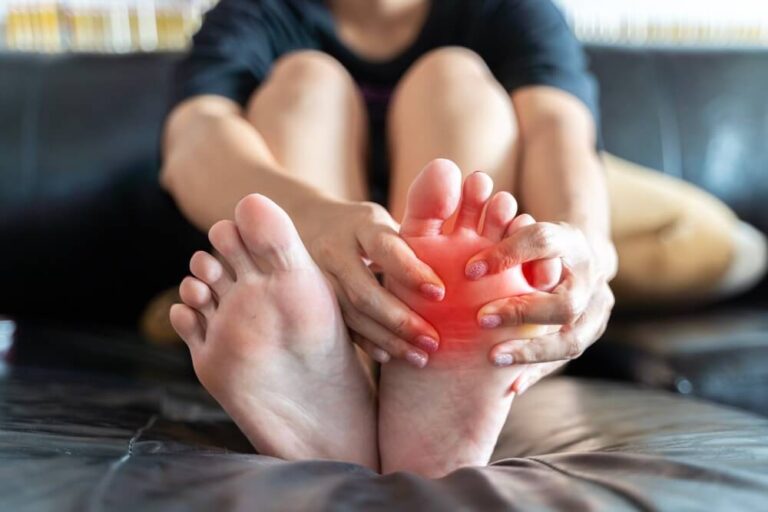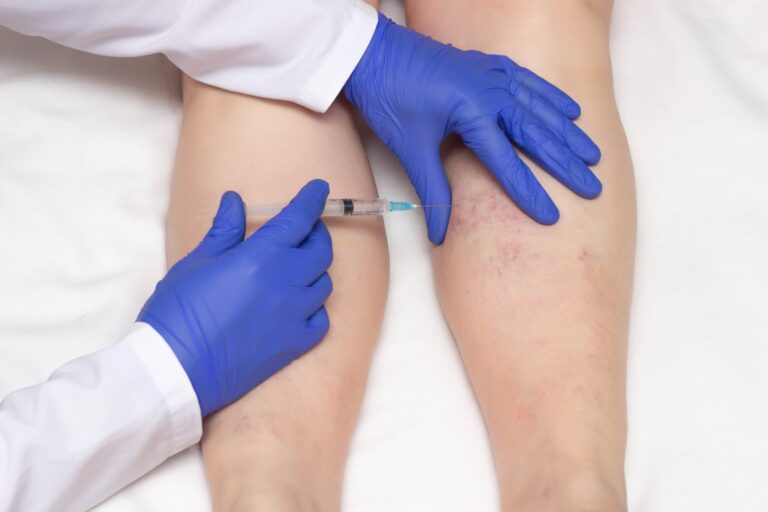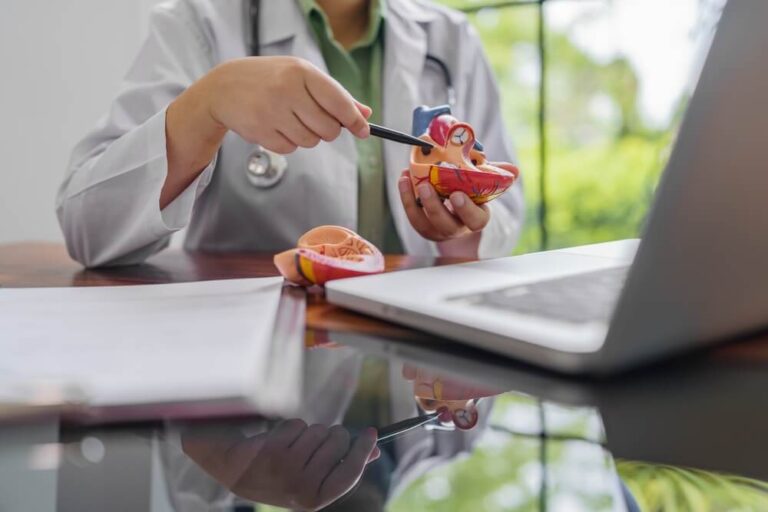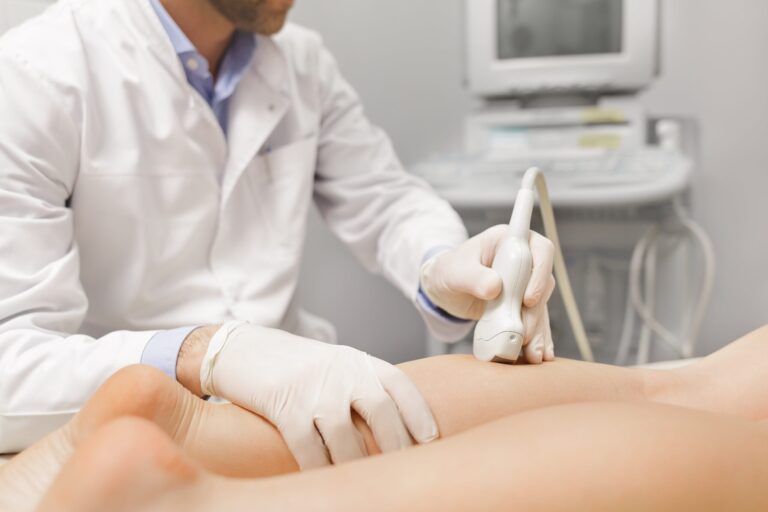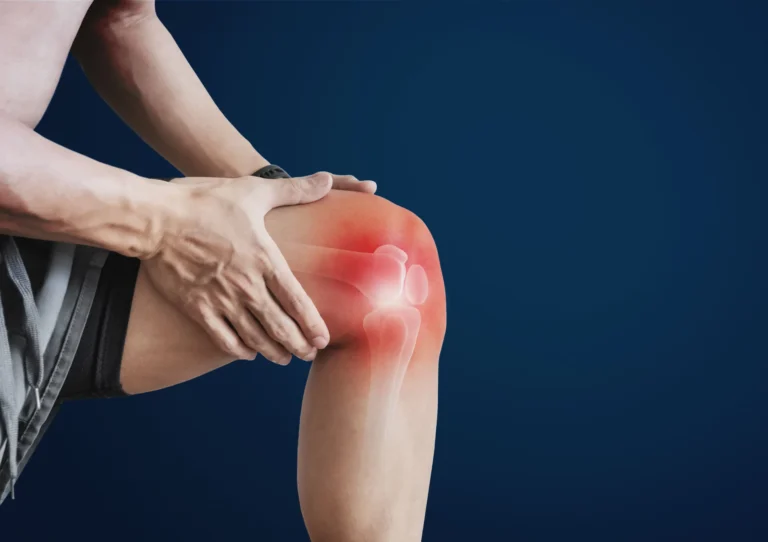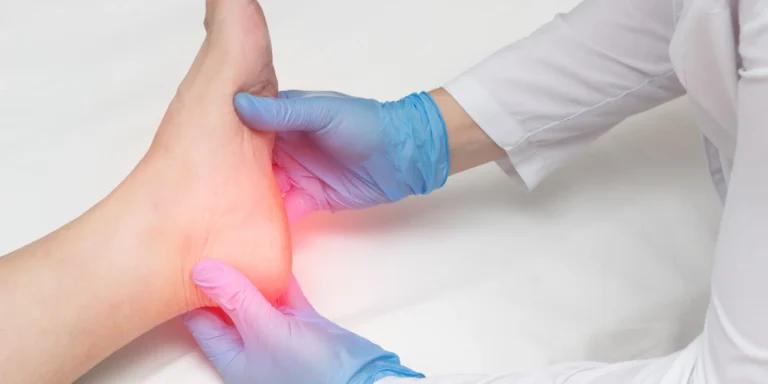Many people think of varicose veins as nothing more than a cosmetic problem. While these bulging, twisted, dark purple-blue veins are unsightly, they’re also the earliest sign of vascular disease that should be diagnosed and treated by Christopher Pollock, MD, at Apex Vascular in Lenoir City, Knoxville and Crossville, Tennessee. Dr. Pollock offers several options for permanently eliminating varicose veins, improving your appearance, restoring normal circulation, and preventing vascular complications. To learn more about your treatment options, call the office or book an appointment online today.
What causes varicose veins?
Varicose veins begin when valves inside your leg veins weaken and fail. These valves are essential for keeping blood moving up your leg. If a valve doesn’t work, some blood flows down your leg, causing a condition called venous insufficiency.
On its way down your leg, the refluxing blood reaches the next healthy valve and builds up in that part of the vein. The accumulating blood turns the vein into an engorged, bulging varicose vein.
The underlying problem, venous insufficiency, also causes high venous pressure in your lower leg. This can lead to complications.
What symptoms and complications do varicose veins cause?
Varicose veins don’t cause symptoms for some people, while others experience:
- Leg pain
- Leg swelling
- Tired or heavy-feeling legs
- Itching or burning
- Restless legs
- Muscle cramps
The fluids leaving the vein in your lower leg infiltrate the surrounding skin. As a result, you may develop a skin rash, or the skin may thicken and take on a reddish-brown discoloration. Before long, the fluids break down your skin, causing a wound called a venous ulcer.
Once an ulcer develops, it keeps expanding as more skin around the wound’s edges deteriorates. These ulcers refuse to heal without intensive wound care, putting you at risk of skin and bone infections. Though it’s not common, a severe infection can cause enough damage to need an amputation.
How are varicose veins treated?
Dr. Pollock performs ultrasound imaging, which shows dysfunctional valves, blood flow, and other vein problems that contribute to varicose veins, like deep vein thrombosis.
Depending on the severity of your symptoms, he may recommend compression stockings to help restore healthy circulation.
Whether you need treatment due to advanced venous disease or you want to have your veins removed to improve your appearance, your treatment options include:
- Sclerotherapy
- Endovenous thermal ablation
- Endovenous adhesive ablation
- Endovenous mechanochemical ablation
- Ambulatory phlebectomy
Sclerotherapy is an injection of medication that makes the vein collapse and turn into scar tissue. Your body gradually eliminates the tissue, making your varicose veins disappear while also treating the underlying valve problem, restoring circulation and reducing venous pressure.
The ablation procedures also make the vein collapse using different techniques. During an ambulatory phlebectomy, Dr. Pollock makes tiny cuts and uses a specialized tool to gently pull out your varicose veins.
If you’re ready to eliminate varicose veins, call Apex Vascular or book an appointment online today.
